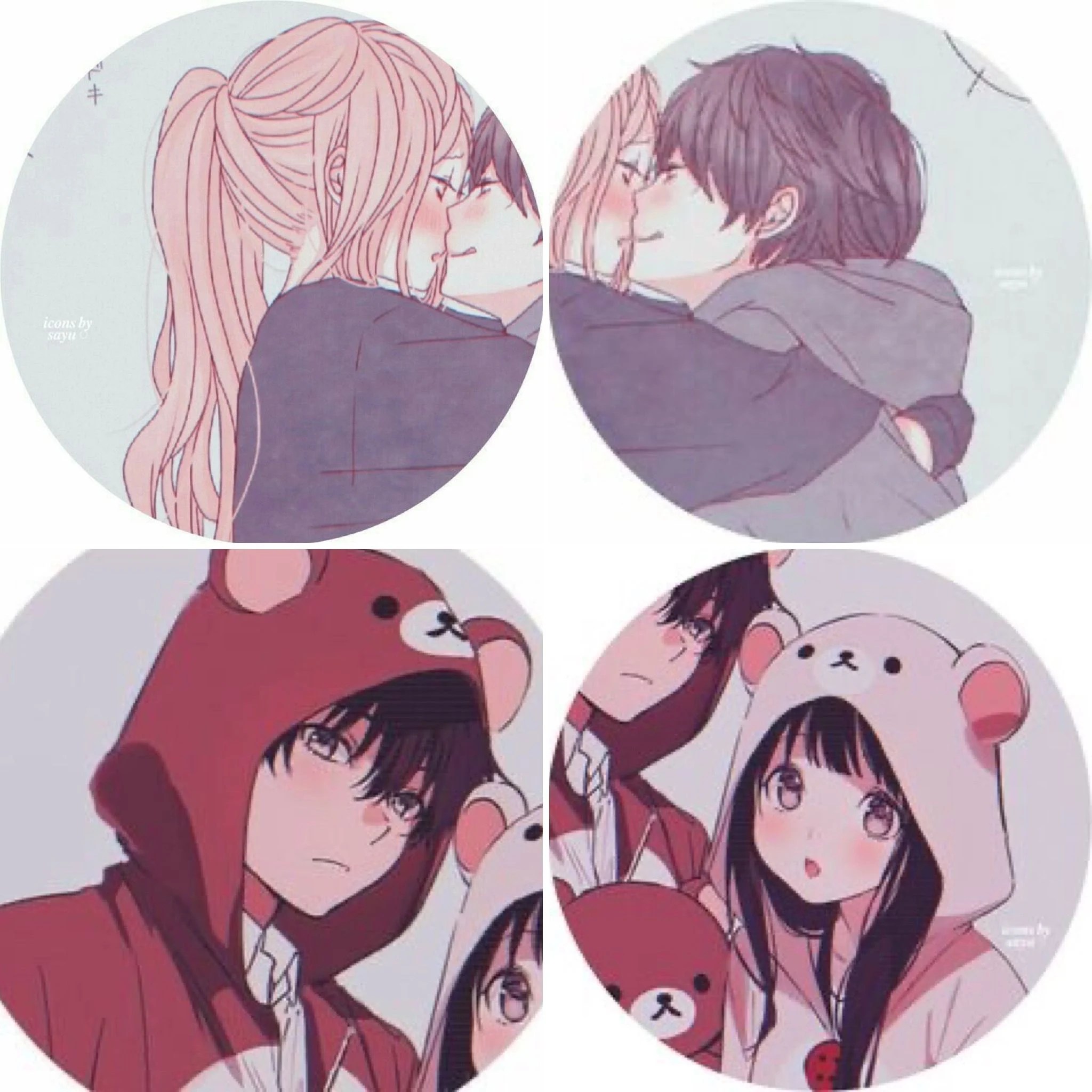Matching PFP: The Ultimate Guide To Profile Picture Coordination
In the age of social media, having a matching profile picture (PFP) has become a trendy way for friends, couples, and groups to express their bond and shared interests. This article explores the concept of matching PFPs, their significance, and how you can create the perfect matching profile pictures with your friends or loved ones. From tips on design to the best platforms to use, we will cover everything you need to know about this fun and engaging trend.
As we delve deeper into the world of matching PFPs, we will also discuss the psychological aspects that drive people towards this trend, including the sense of belonging and identity it fosters. Moreover, we'll provide insights into the various styles and themes that can be explored when creating matching PFPs, ensuring that you find the perfect fit for your group or relationship.
Whether you're looking to coordinate with your best friend, partner, or even your gaming squad, this guide will equip you with the knowledge and tools to create stunning matching profile pictures that will stand out in the digital landscape. So, let's get started!
Table of Contents
- What is Matching PFP?
- Importance of Matching PFP
- How to Create Matching PFP
- Popular Themes for Matching PFP
- Best Tools for Designing Matching PFP
- Psychology Behind Matching PFP
- Examples of Matching PFP
- Conclusion
What is Matching PFP?
A matching profile picture is a cohesive image shared by two or more individuals across social media platforms. This concept can apply to various relationships, including friendships, romantic partnerships, or even group memberships. The primary goal of a matching PFP is to showcase unity and connection, often reflecting shared experiences, interests, or aesthetics.
Importance of Matching PFP
Matching PFPs serve several purposes, such as:
- Strengthening Bonds: Sharing a matching PFP can enhance the sense of connection between individuals, reinforcing friendships or partnerships.
- Creating a Unique Identity: A distinctive matching PFP can help groups stand out on social media, making them easily recognizable.
- Expressing Shared Interests: Matching PFPs often showcase common hobbies, fandoms, or themes, allowing users to express their shared passions.
- Encouraging Engagement: Matching PFPs can spark conversations and interactions, as they often draw attention and invite inquiries.
How to Create Matching PFP
Creating matching PFPs can be a fun and collaborative process. Here are some steps to guide you:
1. Choose a Theme
Select a theme that resonates with all individuals involved. This could be based on a favorite movie, a hobby, or even a color scheme.
2. Decide on a Style
Determine the style of the PFP, whether it be minimalist, cartoonish, or realistic. This will help maintain consistency across the images.
3. Collaborate on Design
Use design tools to collaborate on the creation of the PFP. Tools like Canva or Adobe Spark allow for easy sharing and editing.
4. Finalize the Design
After making adjustments and gathering feedback from the group, finalize the design and ensure that each individual has the same version for their profile picture.
Popular Themes for Matching PFP
When choosing a theme for your matching PFP, consider these popular options:
- Friendship: Images that symbolize friendship, such as two characters or objects together.
- Romantic Couples: Heartwarming images that reflect love and affection, like silhouettes or shared interests.
- Gaming: Use characters or elements from a favorite video game.
- Seasonal: Matching PFPs for holidays or seasons, like Halloween costumes or summer vibes.
Best Tools for Designing Matching PFP
Here are some of the best tools you can use to design matching PFPs:
- Canva: A user-friendly graphic design tool perfect for creating custom images.
- Adobe Spark: Offers a variety of templates and design options.
- Fotor: A photo editing and design tool that is easy to use.
- Pixlr: A powerful online photo editor for more advanced edits.
Psychology Behind Matching PFP
The trend of using matching PFPs can be explained through several psychological concepts:
- Belongingness: Humans have an inherent need to belong, and matching PFPs fulfill this desire.
- Identity Expression: Sharing a matching PFP allows individuals to express their identity as part of a group.
- Social Validation: Matching PFPs can provide social validation and acknowledgment from peers.
Examples of Matching PFP
Here are some examples of matching profile picture styles:
- Cartoon Characters: Friends using their favorite animated characters as matching PFPs.
- Nature Themes: Couples sharing images of their favorite nature spots.
- Artistic Styles: Groups using a distinctive art style for their PFPs that reflects their personalities.
Conclusion
In conclusion, matching PFPs are a creative and engaging way to express connections among friends, couples, or groups. They foster a sense of belonging and identity while making social media profiles stand out. By following the steps outlined in this guide, you can create the perfect matching profile pictures that resonate with your shared experiences and interests. So, gather your friends or loved ones, choose a theme, and start designing!
We encourage you to leave a comment below sharing your experiences with matching PFPs or to share this article with others who might find it helpful. Don't forget to check out our other articles for more tips and insights!
Turner Motorsports: A Leader In BMW Racing And Performance Parts
Understanding Stop And Shop: A Comprehensive Guide
Exploring Gardein: The Ultimate Guide To Plant-Based Protein


